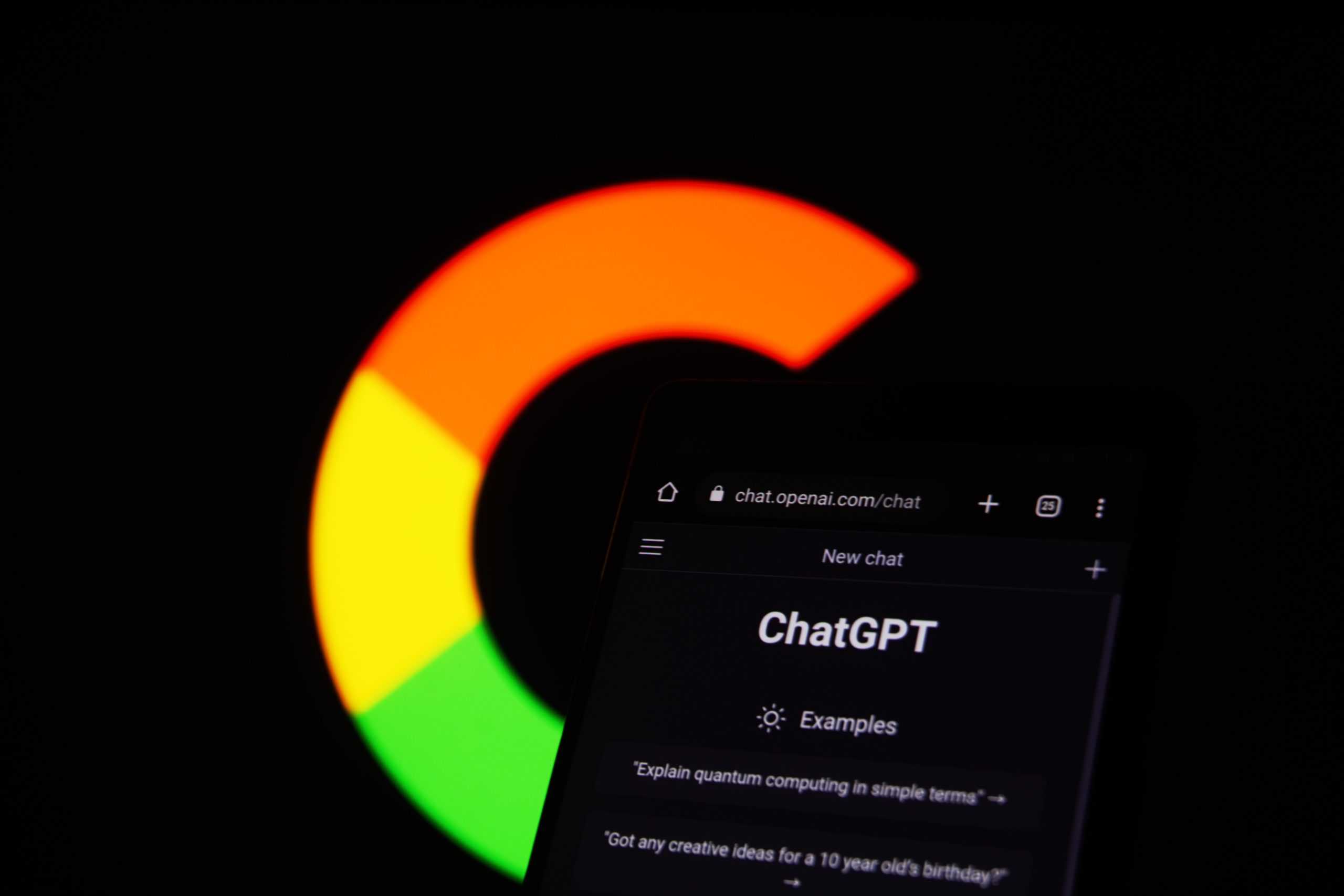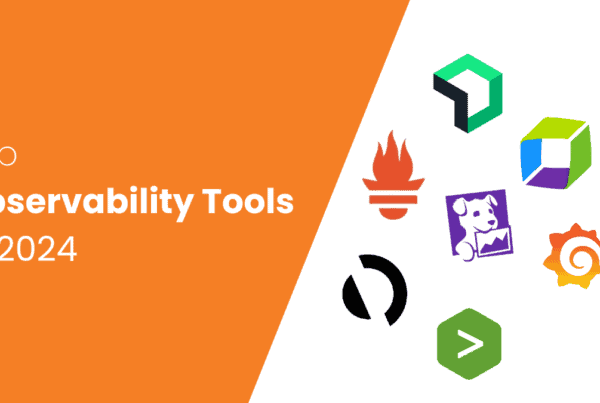
What is Bard? Its Features and Limitations
Artificial Intelligence (AI) is a transformative technology with vast implications. AI facilitates people, companies, and communities in realizing their full potential. It introduces novel prospects that have the potential to enhance billions of lives. Currently, cutting-edge generative AI and extensive language models have captured the attention and imagination of people across the globe.
AI presents an exciting opportunity to enhance the understanding of information and convert it into valuable knowledge more efficiently. It can simplify finding what people are looking for and accomplishing tasks. Google, for instance, is commonly associated with providing quick factual answers to questions such as “How many keys does a piano have?” However, nowadays, users expect Google to provide comprehensive information with deeper insights on different subjects. For example, they may want to know if learning the piano or the guitar is easier and how much practice each requires. Such inquiries can be challenging to address because they often require significant effort to identify the users’ needs. People may want to explore various opinions or viewpoints(i.e., very subjective). When looking for insights, AI features in search can distill information to help the user see the big picture.
AI can potentially be highly beneficial when there is no clear-cut answer to a question. By leveraging AI technology, the user can expect a new range of features in Google Search that can simplify complex information and straightforwardly present multiple perspectives. These AI-powered capabilities will enable the user to understand the subject matter better and explore additional resources on the web. For instance, the user can seek out blogs written by people who play both piano and guitar or delve deeper into a related topic, such as beginner-level steps. These AI features will be gradually introduced on Google Search shortly.

Google has introduced Bard AI with the lightweight model version of LaMDA. It aims to merge the vast expanse of global knowledge with the proficiency, intellect, and inventiveness of large language models. By utilizing web-based data, it offers new, superior answers. Bard provides a channel for a springboard for inquisitiveness, empowering users to simplify recent discoveries from NASA’s James Webb Space Telescope to a 9-year-old boy or explore current top football (soccer) strikers while offering training drills to enhance skills.
It is presently scaled to accommodate more users with less computing power. This smaller model version is designed to receive user feedback, which may ensure high quality, safety, and practical applicability to real-world information when combined with Google’s rigorous internal testing.
The salient features of Google’s Bard AI can be enumerated below:
- Bard AI is a chatbot powered by generative AI technology to generate new data models or content similar to the given data. Such models are typically based on deep learning architectures such as generative adversarial networks (GANs) or variational autoencoders (VAEs). Generative AI can be used for various applications, from generating realistic images and videos to creating text or music. One of the main advantages of generative AI is its ability to create new content similar to existing data, which can be useful for tasks such as data augmentation, content creation, or even virtual reality experiences. However, it is important to note that generative AI also raises ethical concerns, such as the potential for misuse or the creation of fake content.
- Bard AI is supported by Conversational AI also. This technology is termed as virtual assistant and enables computers to understand and respond to human language naturally and intuitively. It uses natural language processing (NLP) and machine learning (ML) algorithms to analyze and interpret user input and generate appropriate responses in real-time.
- Conversational AI can be used in various applications like customer service, e-commerce, education, healthcare, and more. It can help businesses automate customer support operations, improve user engagement, and increase customer satisfaction. Additionally, conversational AI can be integrated with other technologies, such as voice assistants, to provide a seamless user experience across different platforms and devices.
- Bard AI is designed to assist users with various tasks, including creative projects, complex topics, and information retrieval from different sources on the internet.
- One of Bard’s unique features is its ability to handle nuanced queries, such as finding recipes tailored to the ingredients a user has in their fridge. Unlike Google Search, Bard can provide personalized assistance and recommendations based on individual preferences.
- Bard is a versatile virtual assistant that can transform how people interact with Google.
- Its advanced capabilities and personalized approach make it an essential tool for anyone looking to streamline their online experience and access information more efficiently.
According to Google, the chatbot could be used to learn more about the best strikers in football right now and get drills to build your skills or to explain discoveries from NASA’s James Webb Space Telescope to a 9-year-old. Beyond simple questions, opinions like “Is piano or guitar easier to learn, and how much practice does each need?” can also be asked. These open-ended questions can be difficult to answer, requiring at least a few minutes of research, even for a person. However, it is said by Google that information from dozens of web pages can be condensed into just a handful of paragraphs by Bard. Based on the images and demos, these responses may appear at the top of search result pages. Its limitations can be known after Google introduces it on a wider scale.
What is ChatGPT? Its Features and Limitations
ChatGPT is an AI-powered chatbot created by OpenAI and released in November 2022. This chatbot is constructed using OpenAI’s GPT-3 series of large language models and has undergone fine-tuning, which is a type of transfer learning. The fine-tuning process involved utilizing both supervised and reinforcement learning methods to enhance its capabilities.
A chatbot’s primary purpose is to emulate human conversation. But ChatGPT is a versatile tool that extends beyond this core function. For instance, it can write and troubleshoot computer programs, create compositions such as music, screen teleplays, fairy tales, and student essays, respond to test questions (sometimes even surpassing the average human test-takers level), write poetry and song lyrics, simulate a Linux system, replicate an entire chat room, play games like tic-tac-toe, and even simulate an ATM. ChatGPT’s training data includes manual pages of Unix and Unix-like operating systems, internet phenomena, and programming languages, including bulletin board systems and Python programming language.
Unlike many other chatbots, ChatGPT can recall previous prompts from the same conversation. This unique feature has caught the attention of journalists who speculate that ChatGPT could be used as a personalized therapist. However, to ensure that offensive outputs are not generated, all questions submitted to ChatGPT are carefully filtered through OpenAI’s company-wide moderation API. Furthermore, prompts that could be racist or sexist are promptly dismissed.
Limitations Of ChatGPT
ChatGPT faces some limitations. They include:
- While ChatGPT can produce plausible-sounding answers, some may be incorrect or nonsensical, referred to as artificial intelligence hallucination.
- The reward model of ChatGPT, which is designed around human oversight, can be over-optimized, leading to hindered performance, known as Goodhart’s law.
- ChatGPT has limited knowledge of events that occurred after 2021, and according to the BBC, as of December 2022, it is not allowed to express political opinions or engage in political activism. However, research suggests that ChatGPT tends to exhibit a pro-environmental, left-libertarian orientation when prompted to take a stance on political statements from two established voting advice applications.
- During its training, human reviewers favored longer answers, regardless of comprehension or factual content, leading to potential issues with accuracy. Moreover, the training data used to develop ChatGPT is subject to algorithmic bias, which may become apparent when ChatGPT responds to prompts involving descriptors of people. For instance, ChatGPT once generated a rap that suggested women and scientists of color were inferior to white and male scientists.
- Nathan E. Sanders and Bruce Schneier penned an opinion article for the New York Times that ChatGPT is “Hijacking Democracy.” Meanwhile, Noam Chomsky, Ian Roberts, and Jeffrey Watumull have criticized the technology, citing its “amorality, faux science, and linguistic incompetence” and concluding that its popularity is either laughable or lamentable. Politico journalist Gian Volpicelli also reported that ChatGPT thwarted the European Union’s efforts to regulate AI.
Differences Between Bard and ChatGPT
As the natural language chatbot, ChatGPT is becoming popular, and competition will inevitably intensify. As mentioned above, Google has developed a chatbot called Bard AI, a competitor that complements its search engine. Bard AI’s LaMDA language model shares similarities with ChatGPT’s GPT-3.5 architecture. It enables Bard to engage in conversations on diverse topics and produce unique text that has never been seen before.

However, both of them have some different features as follows:
- As already mentioned, ChatGPT is powered by GPT-3.5, whereas Bard is designed to use Google’s LaMDA model. As a result, the effectiveness of Bard may be impacted by its use of a distinct language model compared to ChatGPT.
- Large language models like LaMDA and ChatGPT excel at generating text, but their quality of responses can vary significantly due to their dependence on training data. For instance, ChatGPT has a knowledge cut-off date of 2021, and if a user asks about events that occurred after that date, it may provide inaccurate or fabricated information. Additionally, biases in the training data can also result in biased responses.
- Google’s chatbot will have an advantage as it can access live information online, unlike ChatGPT, which can only rely on pre-2021 training data. This live access will enable Google’s chatbot to provide users with more accurate and up-to-date information.
- Bard has the potential to be integrated into various non-search Google products, such as Android, Chrome OS, Gmail, Docs, and even the Chrome web browser. These integrations could allow users to use Bard to summarize websites and create documents directly within the apps without copy-pasting. Moreover, Bard may offer voice interaction, a feature not currently available with ChatGPT. Thus, Google’s Bard chatbot could provide users with voice interaction and other advantages over ChatGPT.
- Bard may provide the user with the LaMDA model. Unlike most AI chatbots, including ChatGPT and Bing Chat, which rely on OpenAI’s GPT-3.5 model variations, Bard’s performance is yet to be determined. It could perform better or on par with GPT-3.5, but that remains to be seen upon its release.
- Bard may offer shorter responses to help users find the information they need more quickly. However, ChatGPT’s high character limit could offer a superior experience for those requiring a chatbot for longer responses.
Bard’s Contribution to Searching on Google and Bing
As an AI language model, Bard AI can assist the user in search engine queries by generating relevant responses based on the keywords and phrases entered for Google and Bing browsers. Here are some ways Bard AI can help:
- Providing additional information: When the user enters a search query, Bard AI can provide additional information that the user may not have thought to include in the search. For example, if the user search for “best restaurants in New York City,” Bard AI can suggest specific cuisines or neighborhoods the user might want to explore based on their personalization (i.e., search history if enabled).
- Answering specific questions: Bard AI can help the user find answers to specific questions related to the search. For example, if the user searches for “how long does it take to fly from New York to Los Angeles,” Bard AI can provide a direct answer.
- Suggesting related topics: Bard AI can help the user expand the search by suggesting related topics that the user may be interested in exploring. For example, if the user search for “best hiking trails in California,” Bard AI can suggest other outdoor activities or locations the user may want to research.
Overall, Bard AI can assist the user in search engine queries by providing additional information, answering specific questions, and suggesting related topics.
In conclusion, ChatGPT and Bard AI have their peculiar features. ChatGPT is limited to the data available up to 2021, whereas Bard AI is said to run on the data available in real-time. If someone is interested in searching for XYZ, Bard AI will be more helpful as it may suggest similar results. However, for the creation of content, digital marketing, language translations, and other secretarial work, I find ChatGPT better. However, the real comparison will emerge once Bard AI is officially rolled out.
References:



